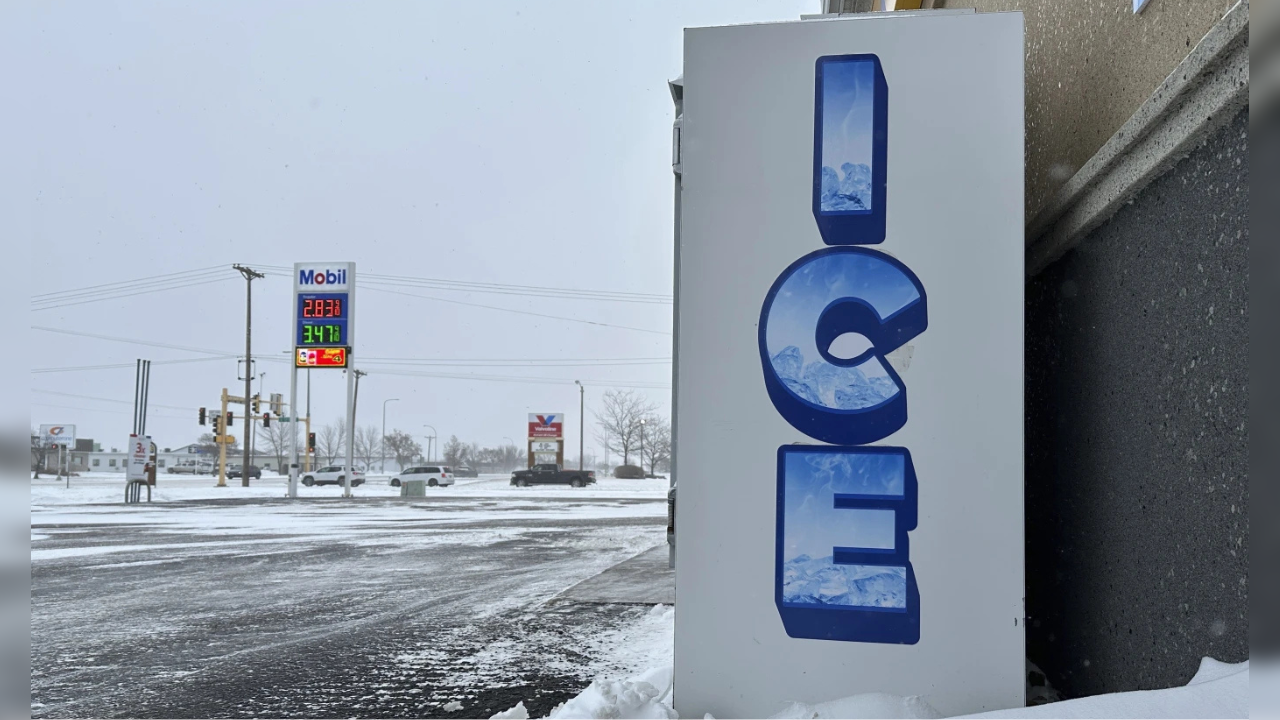Travel
Contact Tracing for Mpox Clade II Cases …

Discussion
U.S. health departments reported no cases of mpox attributed to flight exposures during the U.S. public health follow-up of 1,046 passengers and crew members identified as aircraft contacts during July 2021–August 2022. One case of mpox in a traced aircraft contact was reported in a non-U.S. resident by a public health authority in another country; however, the epidemiologic information provided was insufficient to ascertain the likelihood that transmission occurred during the flight.
These findings are consistent with those from an investigation of mpox exposures among aircraft contacts conducted by Australia’s Victorian Department of Health involving 15 international flights occurring during May–October 2022 (7). Australian investigators used a broader definition to identify exposed passengers, whereby travelers seated beyond two seats in any direction were included as contacts. Australian public health officers did not identify any secondary cases of mpox among the flight contacts, either monitored or unmonitored (i.e., using other means to link cases to the flights). Available evidence suggests that the risk for acquiring mpox during air travel, even among travelers exposed to persons with infectious cases, is very low. This very low risk could be attributed, at least in part, to the unlikely occurrence on flights of the direct contact with mpox lesions that is associated with most secondary cases (1). Based on available information, including preliminary analyses of these data, CDC discontinued routine aircraft contact investigations for mpox in August 2022.
Relative to clade II mpox, clade I infections have historically been associated with increased transmissibility (8,9). However, both clade I and clade II mpox spread in the same ways, primarily via close physical or intimate contact with infected lesions and less often via infectious respiratory secretions and fomites. The type of contact most often associated with secondary cases (e.g., sex or sharing bedding) is unlikely to occur on aircraft. Limited aircraft contact investigations could be considered for the first probable or confirmed clade I MPXV infections identified in recent air travelers to corroborate equivalent risk with clade II.
Limitations
The findings in this report are subject to at least three limitations. First, outcome data were missing for approximately one third of identified aircraft contacts. This shortcoming might be accounted for by factors such as competing priorities for resources at state, local, and territorial health departments; inaccurate or incomplete traveler contact information; and nonresponsive travelers. Second, passengers were not considered contacts if the patient was a crew member, which might have led to identification of fewer contacts. Finally, although the findings presented in this report might apply to MPXV irrespective of clade, the cases all involved clade II MPXV.
Implications for Public Health Practice
Aircraft contact investigations are complex and resource-intensive endeavors that can divert resources from other public health activities with higher prevention yield, particularly during a large outbreak response. This report provides the largest published series of mpox aircraft contacts and suggests a very low risk for clade II MPXV transmission in the commercial aircraft cabin setting. Traveling on a flight with a person with mpox caused by clade II MPXV does not appear to constitute an exposure risk or warrant routine contact tracing activities. The criteria for conducting aircraft contact investigations should be subject to continuous evaluation based on the most current scientific evidence to guide public health risk assessments and interventions. CDC continues to recommend that persons with mpox isolate and delay travel until they are no longer infectious.**










